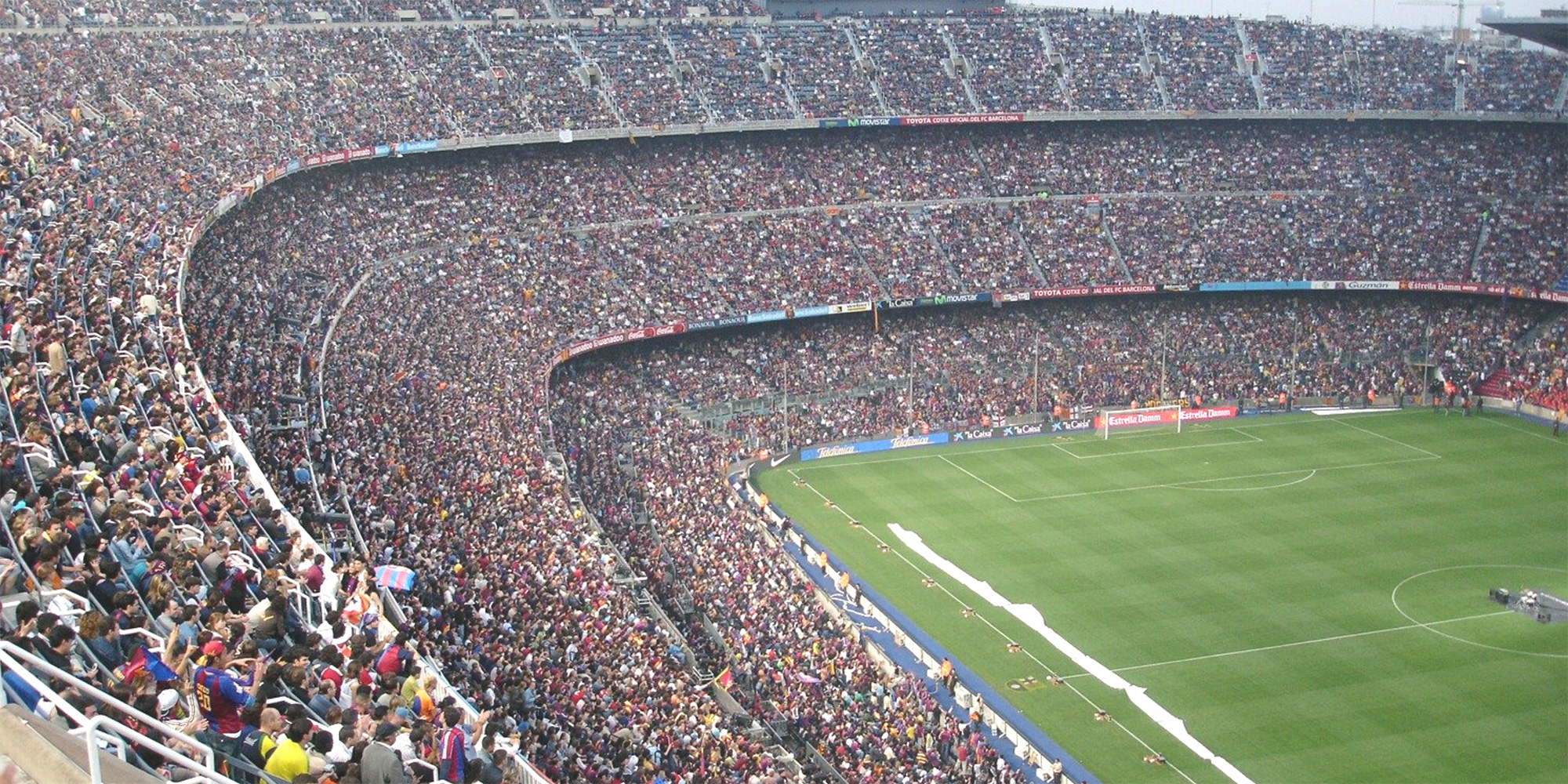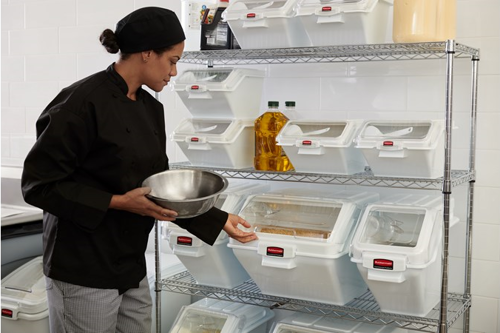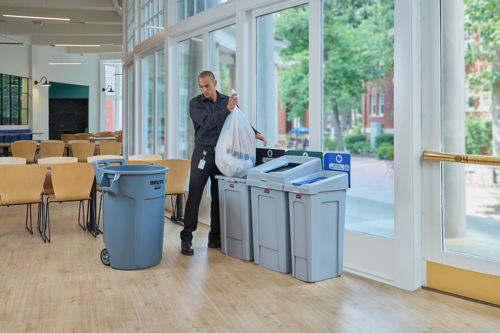
When considering how to sanitise high-foot traffic entertainment venues, many business owners don’t know where to start. These settings, comprising football stadiums, movie theatres and concert halls, often occupy hundreds or thousands of guests simultaneously. Therefore, they can be difficult to clean on the go, particularly when guests occupy all seats and guest areas.
The following blog explores how business owners and employees can still maintain infection control, even when there may be limitations on their infection-control protocols.
Step One - Consider what needs to be sanitised
Before considering what cleaning cloths and mops may be most beneficial for each premises, business owners should consider their sanitising needs. For example, a football stadium will need its seats cleaned. Though, other areas will also require sanitisation. These include food counters, bathrooms, bars, counters and ticketing stands.
Detailing these in a cleaning schedule can help staff on duty understand high contact points and how to clean and sanitise them. 
Step Two - Understand what times specific areas need to be sanitised
Though it is recommended that all surfaces are cleaned frequently, usually once every two hours, this isn’t always possible for high-foot traffic entertainment venues. So, when considering how to sanitise high-food traffic entertainment venues, business owners must consider the context. For example, a concert may run for 4 hours, but floors may require sanitisation every two hours.
A non-intrusive system, such as a commercial spray mop, may be used for in-between cleans. This ensures the cleaning cart need not impede on limited spaces in high-traffic areas. This is light and easy to carry in various places in the entertainment.
Staff must, therefore, have a good understanding of what cleaning and sanitisation can be carried out during events and what needs to wait until after.
Step Three - Have the right tools on hand
Having the right assets can determine how effectively high-foot traffic entertainment venues can be sanitised. This is especially true as staff may often have limited time to clean between high-traffic periods, such as between various movies ending in a high-foot traffic theatre complex.
Staff require resources, such as a Rubbermaid HYGEN Mop, a Rubbermaid High-Capacity Cleaning Cart and a commercial broom.
It’s vital that owners of these high-capacity venues also consider the individual cleaning needs of all aspects of their business. Typically, these settings will have internal restaurants and bathrooms, which have very different cleaning needs.
Some cleaning and infection-control tools that specific aspects of these venues may require include:

Santisie high-foot traffic entertainment venues before opening
High-foot traffic entertainment venues can often go days or weeks without use. This means they can collect dust, which can carry airborne pathogens. If they are in the open, such as in football stadiums, moisture could even cause moulding. This mould could carry highly infectious bacteria that can cause sickness in patrons.
For this reason, business owners must carry out sanitisation and deep cleaning before letting patrons in. This can alleviate any risk of infection, which could harm the reputation of the business.
If you are interested in learning more about deep cleaning, you can discover this in our ‘What is Deep Cleaning?’ e-resource.
Most sanitisation can be carried out with Rubbermaid HYGEN Microfibre cleaning cloths and a Rubbermaid HYGEN mop. Though, business owners should make every effort to source the appropriate additional cleaning resources to guarantee all aspects of their high-volume premises are accounted for.
Sanitise high-foot traffic entertainment venues after closing
If venues don’t have an event scheduled for the next day, they may make the mistake of leaving all cleaning until the next shift. While this means employees may be more revitalised, it gives bacteria more opportunity to spread. This is especially true in dark, warm environments, such as theatres or concert halls.Sanitising venues as the final guests leave can guarantee that any bacteria-infested surfaces are controlled immediately.
Waste receptacles should be of commercial standards and capacity. It is unfortunately common to see commercial locations use domestic bins that look battered after a few accidental knocks and bumps. It is recommended to invest in BRUTE Bins with lids as a large capacity bin that can handle waste from high-traffic areas. Complementing this is the Mega BRUTE which assists in the collection of rubbish. This can ensure any rubbish located during cleaning is disposed of and enclosed to prevent it from infecting other surfaces. 

Other considerations to make
Cleaning staff can reduce the sanitisation needs of their venue by providing guests access to the appropriate resources. This includes but isn’t limited to:
Aside from additional infection-control resources, venue owners and managers must also consider their human resources. They could choose to employ additional trained cleaning staff to clean these venues, however, this will come at an additional cost. Or, business managers may choose to train staff on how to clean all areas. Though, this may be met with avoidance as staff stick to tasks they prefer.
While each decision has pros and cons, business owners should reflect on what solution is best to sanitise their high-foot traffic entertainment venue.
Rubbermaid Commercial is here to help
The team at Rubbermaid Commercial has helped many business owners achieve a higher level of cleanliness on their premises. Reach out to us today to find out how we can help your business improve sanitisation across the board.